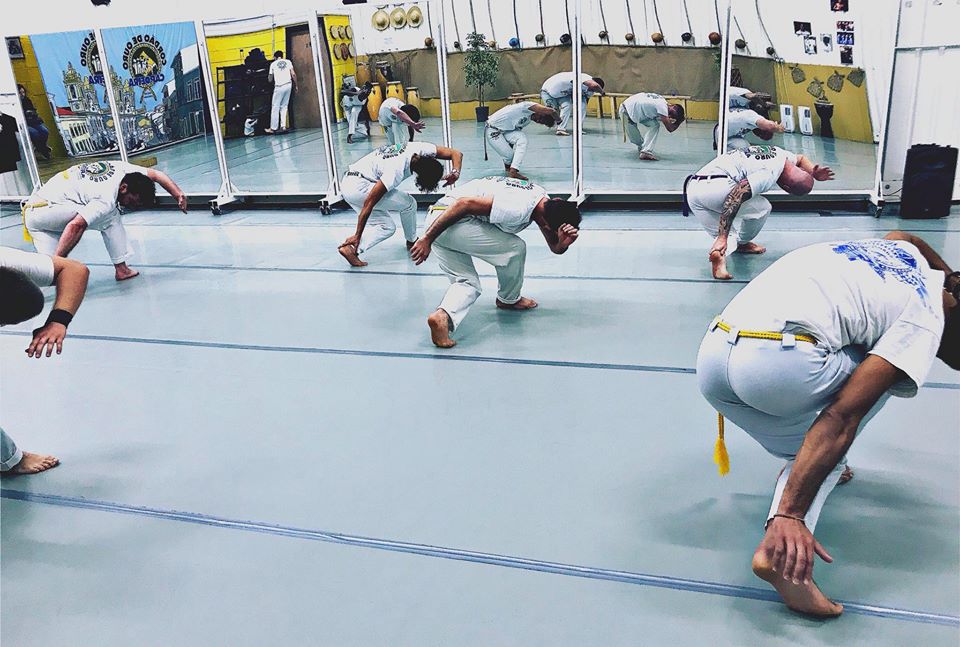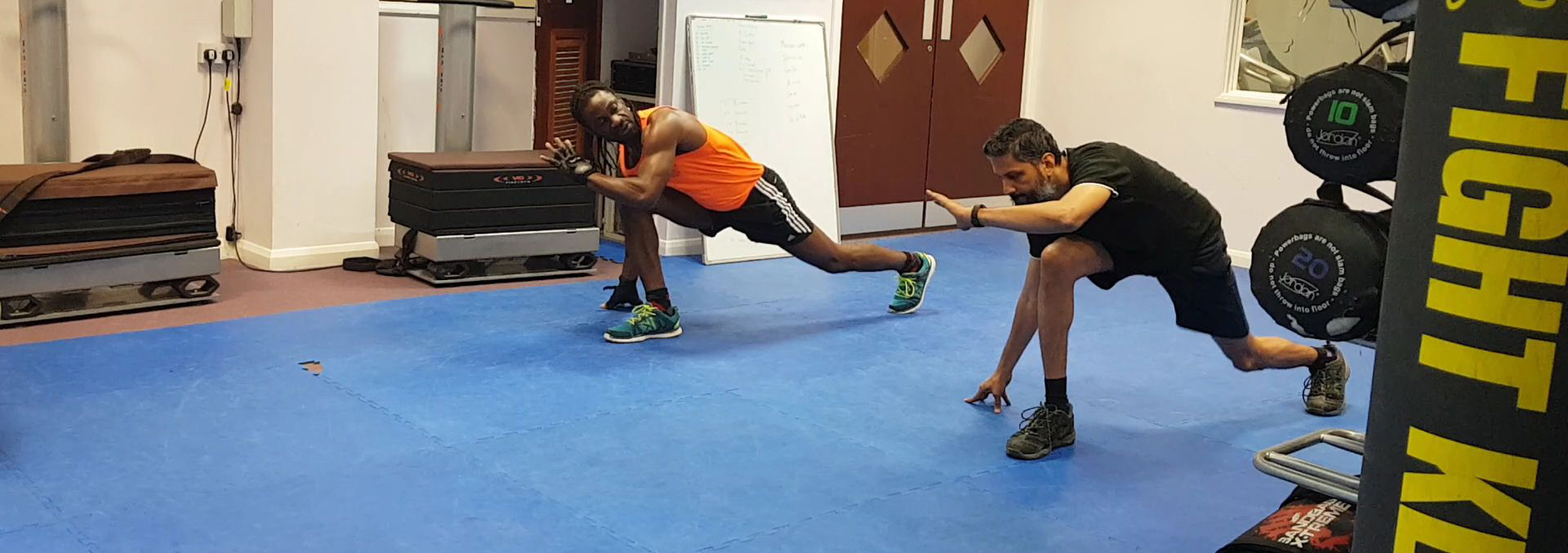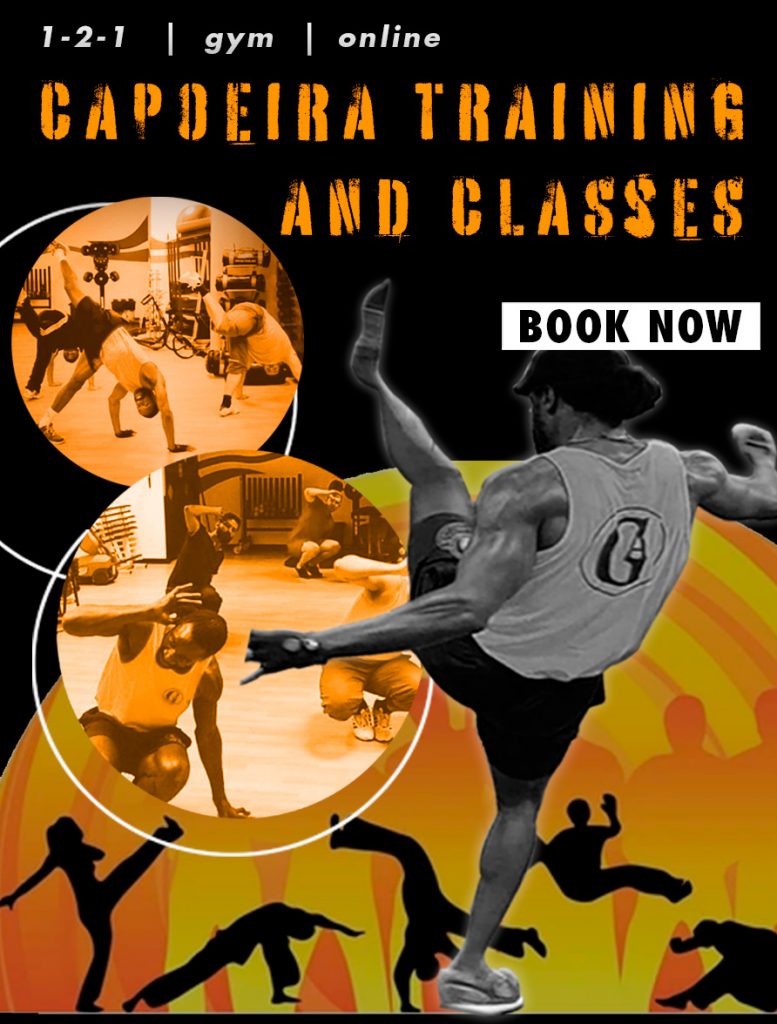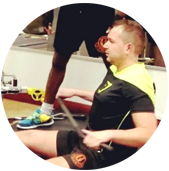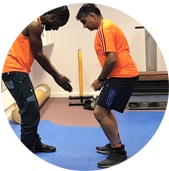gymantix capoeira
Capoeira (pronounced cap-o-way-da) is a high energy African-Brazilian martial art that combines self-defence techniques, acrobatics, music, dance, and culture!
If you are wondering if capoeira is right for you, there is no better way to find out than to give it a try! Don’t be discouraged by the fact that you’re not a gymnast or acrobat. We know capoeira can be quite intimidating at first glance but as a beginner you are not expected to be doing cartwheels and handstands from the start.
Capoeira started out as a form of martial arts in Brazil by the 16th century but over time, it is slowly leaving a trend as a great form of exercise for fitness enthusiasts all over the world.
Many people tell the story of how slaves brought over to Brazil from Africa practiced Capoeira in secret as a way to resist their slave masters. There is partial truth to this story. In colonial Brazil, Capoeira was created through combining Engolo (a warrior dance) with several other arts brought from Africa to Brazil. The African slaves were largely allowed to practice their arts and rituals as a way to reduce overall unrest in the slave populations. In some cases this did backfire, the slaves would revolt, and then escape to hidden slave villages called Quilombos.

Capoeira went through a slow evolution as it incorporated new movements, music, and rituals. During Capoeira’s near extinction by the Brazilian authorities in the early 1900’s, the remaining Capoeiristas survived by camouflaging Capoeira as a harmless dance.
Power, speed and flexibility: for anybody and everyone at any age
When doing Capoeira, the practitioner uses mainly his power, speed and leverage in every kick, spin and highly mobile move. It requires strength and flexibility to do its quick and complex routines. There is no wonder how capoeiristas are quite healthy and fit.
Capoeira is a mix of several African Arts
Based on the research by Desch-Obi, it seems clear that Capoeira is a mix of several arts brought over from Africa. These arts include…
- Engolo – Acrobatic martial art
- Tupping – Head butting game
- Kandeka – Stick fighting
- Batuque – Leg striking game
- Igbo Wrestling – Wrestling form (to a lesser extent)
- Candomble – Religion (includes musical traditions)
- Among others…
Capoeira incorporated things from other arts, such as rhythms from Candomble, and instruments from Batuque. It’s not documented how these differences manifested, but it seems intuitive to think that there would be regional differences. These regional differences could manifest in different styles, rituals, and customs, depending on the mixture/influence of the above African arts.
Where was Capoeira created
The arts that Capoeira drew from come from Africa. Those arts were then later were adapted and mixed together into what eventually became Capoeira in Brazil. Influences from Yoruba, Igba, Kunene, and other African people, are present in Capoeira today.
Martial Arts
Capoeira is a fast and versatile martial art that is historically focused on fighting outnumbered or in technological disadvantage. The ginga (literally: rocking back and forth; to swing) is the fundamental movement in capoeira, important both for attack and defense purposes. It has two main objectives. One is to keep the capoeirista in a state of constant motion, preventing him or her from being a still and easy target. The other, using also fakes and feints, is to mislead, fool, trick the opponent, leaving them open for an attack or a counter-attack.
Capoeira Facts
- Capoeira originated in the Democratic Republic of the Congo
- Capoeira was established in Brazil in the 16th as Portuguese settlers brought slaves from Africa to work on sugar cane plantations
- In the 19th century, Capoeiristas were used as bodyguards or even hitmen
- Capoeira was made illegal around the end of the 19th century because the Brazilian government was afraid of criminals training their fighting abilities
- Capoeira became less restricted in the 1920s and the school of Regional Capoeira was developed
- Capoeira started being spread worldwide during the 1970s
- In 2014 Capoeira was granted special protected heritage status by UNESCO
- Capoeira appears in a variety of mediums in popular culture, including films and video games
Historical Figure
Capoeira was a taboo until 1932, when Manuel dos Reis Machado – or Mestre Bimba, as he was known – persuaded the Brazilian authorities to allow for the opening of a capoeira school.
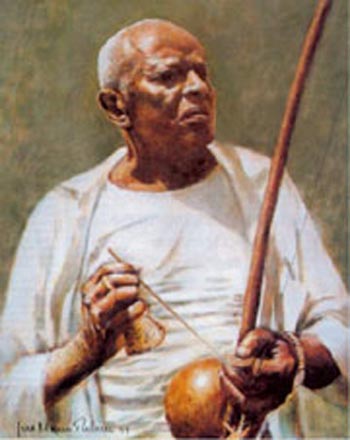
Mestre Bimba was a pivotal figure in the resurgence of capoeira as a martial art form and not a means of criminal activity. He was also responsible for developing a new, more objective style of training.Based on the research by Desch-Obi, it seems clear that Capoeira is a mix of several arts brought over from Africa.
The 4 Schools Of Capoeira
Capoeira Regional – this form began in the 20s, founded by Mestre Bimba and is the school we practice at CDOB. It was adapted to reintroduce and strengthen the martial art elements that are more practical to fighting which Bimba felt were neglected.
Capoeira Angola – celebrated by Mestre Pastinha and his students, this form solidified in the 40s is the more ‘traditional’ Capoeira which has a greater emphasis on stealth. This is why much of Angola Capoeira is played close to the ground.
Capoeira Contemporânea – this style emerged in the 70s as Capoeira was being popularised outside Brazil and attempts to combine the other styles. It includes more acrobatics and can incorporate other martial arts but is seen by some as less authentic.
JUST Capoeira – Since a lot of these traditions and lineages first develop there has been a backlash of the older generation of Masters in Brazil, working towards rediscovering and reconnecting with ancient and primitive Capoeira philosophy. Before the idea of different schools of thought, instead, JUST Capoeira is Capoeira.
Capoeira Music and Game Interaction
Capoeira is practiced in a circle formation, called the roda, within which two or more capoeiristas – those who practice capoeira – participate in the martial art.

There are also specific instruments and music that accompany the practice of capoeira: the berimbau, the pandeiro and the atabaque. The berimbau is an instrument with a single string and has African origins.
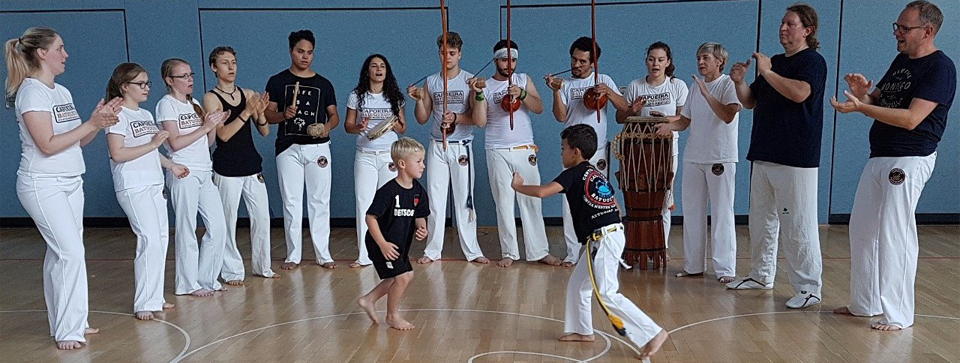
This instrument drives the speed of the capoeira practice – or game as some call it – within the circle. The pandeiro is a tambourine instrument that accompanies the main beat of the capoeira music that comes from the atabaque, or the drum.

These simple but beautiful instruments, combined with the voices of the members of the roda, create a unique sound that recalls the African roots of capoeira.
Capoeira Influence
Today capoeira is practiced around the world, and it is known for helping create increased body awareness as well as mental acuity. Capoeiristas benefit from faster reflexes and they learn how to create graceful, impactful movement through the martial art. They maintain healthy fitness habits, and it is an activity that can be – and is – practiced by people of all ages and gender. Consider trying a capoeira class at a local gym or training centre, or anywhere in Brazil. It’s a unique way to connect to the history and culture of Brazil.
The music:
Instruments, like the pandeiro (tambourine), atabaque (drum), berimbau (percussive string instrument), agogo (cow bells), and reco-reco (scraping tube, similar to the washboard)
Songs sung in portuguese
Music sticks (maculele)
Clapping
Movements:
The basic step, the ginga, which includes footwork and keeping hands high for blocking
Kicks
Dodges
Feints (pretending you’re about to perform a kick or attack)
Other acrobatic movements
Performances:
The circle for performing together, the roda
Demonstrations
